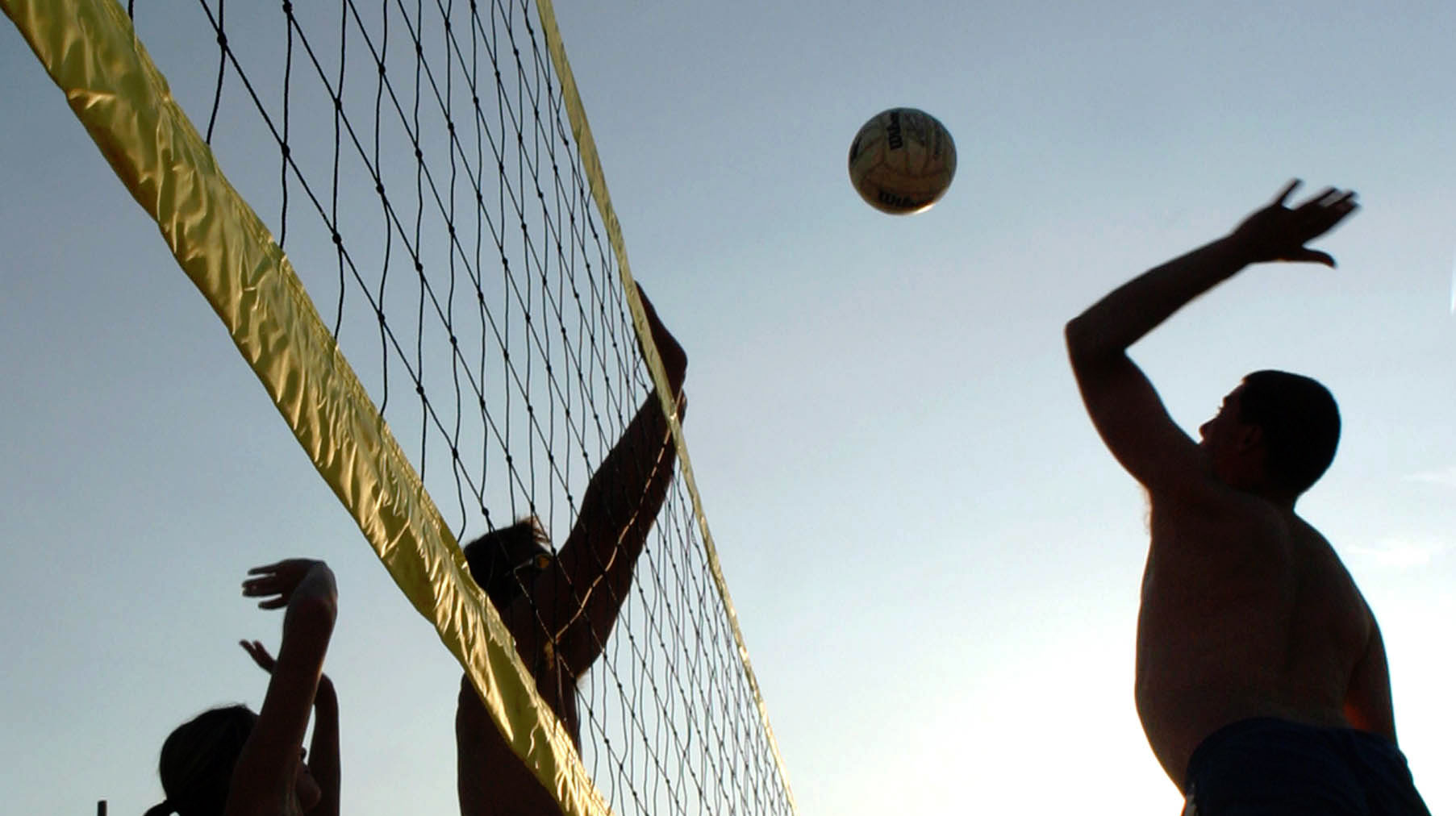The Importance of Sabermetrics

Kaushik Chatterjee
Dave Maddox published an article, ‘The 10 qualities we overvalue in volleyball players’ which looks at traits coaches overvalue in a Moneyball-esque fashion. That wasn’t a comprehensive list, but it provided a great insight into over-evaluation in volleyball. Maddox is back, this time with ‘10 qualities we undervalue in volleyball players’.
- Heat: Hitting with power is just as vital as hitting with height. “If players can bring heat [sic] as both attackers and servers, they’ll score more points than players who don’t have much pop.” Once players have established good technique, encourage them to hit with more pace.
- Hand contact: The location of the point of contact is crucial. Players who hit the ball with the center of their hand consistently are much better attackers than players who “paint-brush it with their fingers or club it with their wrists”. They’ll have greater control, power, and consistency making them a much more valuable asset.
- “Shaping” the attack: Contributing towards the attack is an incredibly valuable skill. Being able to hit at a myriad of angles, and hitting towards hard-to-defend locations can greatly contribute towards your team’s success.
- Attacking vision: “A hitter’s ability to keep the ball in front of her/him and see the block – or lack of a block – is a skill we probably don’t appreciate as much as we should.” Attackers need to remain calm and wait for the ball. Too often young attackers will rush to soon, and end up with the ball behind them.
- Defensive vision: The ability to read an attacker is a complex, but vital skill. Good defenders can’t always judge exactly where a ball will land, but the anticipate and move accordingly. “A defensive skill we don’t stress enough is ruling out certain attack options to better predict where the ball will be hit.”
- Platform sweet spot: Passing on the sweet spot is an essential skill. Considering the speed of the ball, hitting on the sweet spot is essential for consistency and precision.
- Serving: Serving is a skill that many deem boring, but is in fact more important than terminating. Every player must be able to have a lethal serve; a good serve can often be the difference between winning and losing games.
- “Flat affect” players: Players with less flamboyant personalities, and more focused are more liked and trusted by their teammates. Just because they may not be as vocal or expressive, do not undervalue their influence.
- Brain: “Fast learners – and players who understand the process of learning – can be more valuable than super athletic players who don’t learn as quickly.” When young elite athletes reach the stage where you can’t win off physicality alone, they hit a block. But perhaps a less gifted athlete, who has needed to learn and understand, may be more successful.
- Versatility: With the large number of subs, specialization has always been a prime focus. But could this have downsides? Mattox asks: “Do 6-rotation attackers who can serve-receive and defend stabilize our systems and allow for better communication and more consistency?” Maybe there is a blocker who has a great return of serve, but never got the chance to show it. Developing more 6-rotation players is beneficial for the athletes, team, and coach.
With that Mattox concludes his 2-part on the qualities over and under valued in volleyball players. You can read the full article here: https://www.theartofcoachingvolleyball.com/10-qualities-we-undervalue-in-volleyball-players/
Mattox provides invaluable advice for scouts and coaches, and uses the concept of sabermetrics to build a winning team.